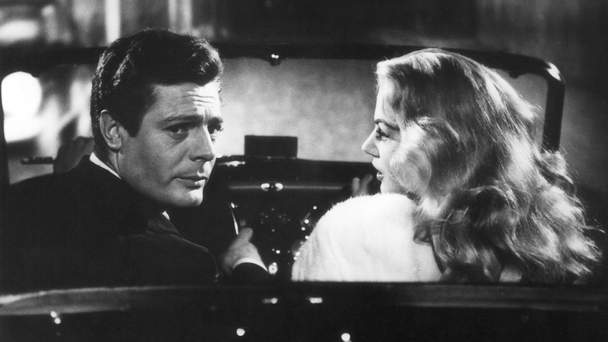Rear View Mirror: Cinema’s History of the 20th Century
The amazing spell of cinema is such that we are still fascinated by the same stories, albeit sometimes with different actors and set within a slightly different context. Although we all more or less know the ending to most blockbuster films (‘good’ will almost always triumph over ‘evil’, etc), our patience and attention is sustained […]
Overview
The amazing spell of cinema is such that we are still fascinated by the same stories, albeit sometimes with different actors and set within a slightly different context. Although we all more or less know the ending to most blockbuster films (‘good’ will almost always triumph over ‘evil’, etc), our patience and attention is sustained by our desire to witness the predictable conclusion, to ‘see how it all happens’ (although we of course know that ‘it’ will happen). Film is our cherished and attractive partner, even if it is repetitive and seemingly forgetful.
Why is this? Can the history of cinema reveal the history of some twentieth century human behaviour? When we enter that dark room with friends and strangers what are we participating in? Other than the image, what did cinema put in motion? Until July, on various Fridays and Saturdays, Christopher Hartney, lecturer at the Art Gallery of New South Wales, will speak about a range of trends and questions concerning our relationship with film. Some topics of concern include ‘speed’, ‘horrors of technology’, ‘the new violence’, and ‘slapstick in the hall of mirrors’ (accompanied by full-length screenings).
If I may politely poach from Stanley Kubrick, “a film is — or should be — more like music than like fiction. It should be a progression of moods and feelings. The theme, what's behind the emotion, the meaning, all that comes later”. This series of lectures looks likely to provide a place for that ‘later’.





